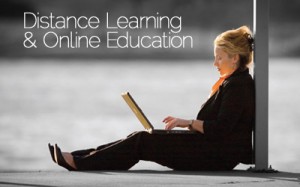Advanced technology has made distance education a good alternative for aspiring Engineers. A number of online programs are offered. Graduates from these courses are embraced by employers with arms wide open. This acceptance have grown immensely over the years due to quality of the curriculum and qualified students from online schools.
Learning engineering principles at any level (bachelors and masters) can be done online. The increasing number of colleges offering online courses has made it more accessible to get a degree while meeting other personal needs, most especially financial. Students, who pay for their studies, can work and study all at the same time. When they graduate, they won’t have to worry about landing on a job. This is because employers are less concerned of where an applicant’s degree was completed from – traditional on-campus or online. This motivates many students wanting to earn online engineering degrees.
Well, how does this work? By leveraging technology, distance education brings integrated course materials, dedicated websites, teleconferences, and chat rooms in class directly on to your personal computer or lap top – anywhere at anytime. Because distance learning lets students work while completing a degree, many have see that they can directly apply what they’ve learned on-the-job long before they graduate.
Online engineering programs are the best option for those who are looking to get a degree, or for those adults who want to go back to school and acquire master’s or an associate’s degree in engineering. The learning process is quite easy. Students learn through tools such as DVDs, recorded lectures, videos, and live streaming. Instructors give assignments or projects by posting them on virtual blackboards or send them through email, or on a virtual blackboard. Assignments may be done at student’s own time, but during exams, they will need to log into the school’s system at a particular time.







